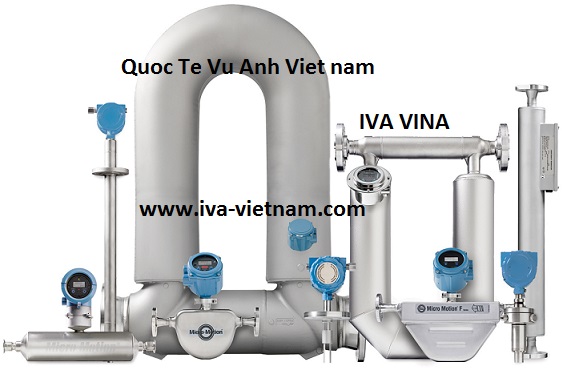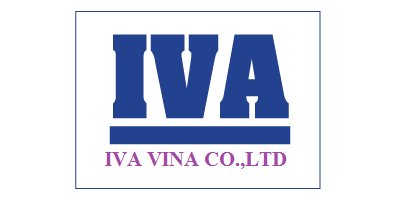|
Oval gear meter, Mass flow coriolis flow meter, Turbine flow meter, Positive displacement rotary flow meter are common meters. But Vortex flow meters utilize ultrasonic technology to measure tiny vortices that form when media in the pipe move across a strut, or "bluff bar". The number of vortices formed is directly proportional to flow rate, and the resulting product is a flow meter with high turndown ratio (up to 70:1) and high accuracy (+/- 1% of reading). Formerly part of J-Tec Associates, the vortex meter has benefited from over two decades of research and development, today offering one of the smallest struts (and therefore lowest pressure drop) in a product of this type. With Smart electronics and HART communications, the ultrasonic vortex flow meter is an excellent choice for process plants and refineries measuring gases and steam. With no moving parts and little or no maintenance required, the vortex flow meter is also an excellent choice for OEM companies working with water supply, quality or treatment equipment. Meter Classifications
Class 1 For metering refined petroleum products such as leaded and unleaded gasoline, fuels oils, diesel fuel, kerosene, ethylene glycol (antifreeze) and propylene glycol at rated capacity. Also used on motor oils and rotogravure ink at reduced rates of flow.
Class 2 For metering aviation gasolines and jet fuels when meter is installed downstream of the filter/separator. Non-ferrous construction...meters may be operated at rated capacity.
Class 3 For metering a wide variety of products such as: liquid sugars, corn syrup, corn sweeteners, dextrose, fructose, sucrose, maltose, lactose, corn oil, soy bean oil, cotton seed oil, coconut oil, and shortening's etc. Rate of flow is based on viscosity to pressure loss relationship.
Class 4 For metering treated waters (deionized, demineralized, and potable) and certain solvents where no red metals are allowed. Meters may be operated at rated capacity, except for continuous duty service. Note: Substitute for former class 6 and 17 applications. Anodized aluminum and stainless steel construction.
Class 7 For metering chlorinated solvents such as: perchloroethylene, trichloroethylene, trichloroethane, and methylene chloride. Also used for general solvent service. Meters may be operated at rated capacity, except for continuous duty service. All ferrous construction.
Class 8 For metering acid pH liquids such as: nitric, phosphoric and glacial acetic acids, amines citric (fruit juices) and vinegars. All 316 stainless steel construction. Operation at up to 80% of maximum rated capacity is recommended.
Class 10 For metering liquified petroleum gas (LPG) including butane, isobutane, pentane, ethane, freons and propane. Note: materials of construction (including seals) are UL approved for propane, modifications to materials of construction may be required for other liquids listed, including commercial grade NH3.
Class 14 For metering crude oil (LACT and NOD). Also for heated and/or viscous liquids including animal fats, resins, #6 oil and non-abrasive asphalt emulsions. Rate of flow based on viscosity to pressure loss relationship. Note: Substitute for former class 5 applications.
Class 15 For metering oil or water based latex products, polyester resins, and adhesives (neutral pH). Also available for metering herbicides and nitrogen fertilizer solutions (requires viton and teflon seals). Operation at 80% of rated capacity or less is recommended. Shear sensitive liquids must be operated at 1/3 of rated capacity or less.
Class 16 For general solvent metering service such as: methanol, toluene, xylene, naphtha, acetone, MEK, MIBK, and alcohols including ethanol. Class meters should be used if the application involves the use of chlorinated solvents. Meters may be operated at rated capacity except for continuous duty service.
Class 20 For batch process water meter service. Not intended for use with deionized water or demineralized water. May be used for solvents and other liquids compatible with brass. Meters may be operated at rated capacity. Not intended for continuous duty service. All brass construction with 300 series stainless steel trim.
Class 27 For metering alkaline pH latex products and adhesives, and some clear liquid fertilizers (10-34-0). Operation at lower than rated capacity is recommended. Shear sensitive liquids must be operated at 1/3 of rated capacity or less. All ferrous construction.
Class 30 For metring herbicides such as Aatrex, Atrazine, Bicep, Bladex, Dual, Lasso, Lasso ME, Treflan, Sutan, Sutazine, and Eradicine (required teflon seals). Operation at up to 80% of maximum rated capacity is recommended. Available in M-5 meter only. Use class 15 in all other meter sizes.
Class 37 For metering sodium hydroxide (caustic) solutions, high sulfur crude oil (LACT and NOD) and other alkaline pH liquids including nonabrasive asphalt emulsions and liquid feed (molasses) supplement and some resins. Construction suitable for heated and/or viscous liquid. Rate of flow based on viscosity to pressure loss relationship. All ferous construciton.
Class 47 For metering mildly abrasive liquids, all ferrous construction.
|
 Hướng dẫn mua, sử dụng máy bơm công nghiệp, bơm cứu hỏa, bơm xăng dầu
Hướng dẫn mua, sử dụng máy bơm công nghiệp, bơm cứu hỏa, bơm xăng dầu

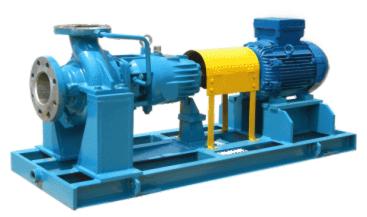


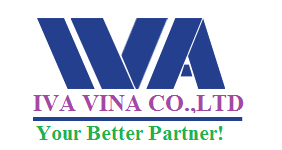

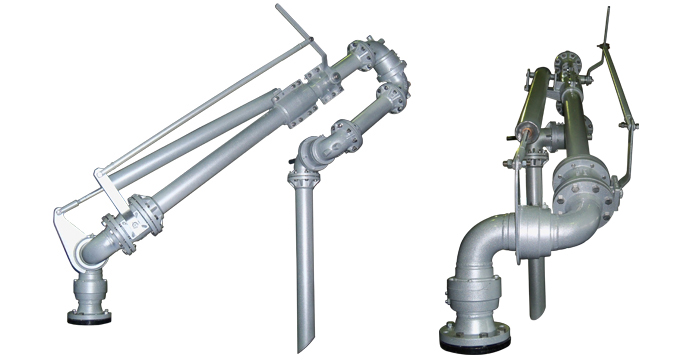
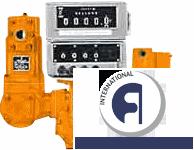
![header=[Gas flow meter, Gas meter] body=[<div align='justify' style='height:200px;'><img src='http://iva-vietnam.com/watemark.php?pic=gas meter_gas flow meter_iva_vina.jpg' width=200px hspace = '10' align='left'></div>]](http://iva-vietnam.com/watemark.php?pic=gas meter_gas flow meter_iva_vina.jpg)
![header=[Fuel oil meter, LPG gas meter, Gasoline flow meter, Diesel Flowmeter, batch controller, ] body=[<div align='justify' style='height:120px;'><img src='http://iva-vietnam.com/watemark.php?pic=flow meter.gif' hspace = '10' align='left'></div>]](http://iva-vietnam.com/watemark.php?pic=flow meter.gif)



